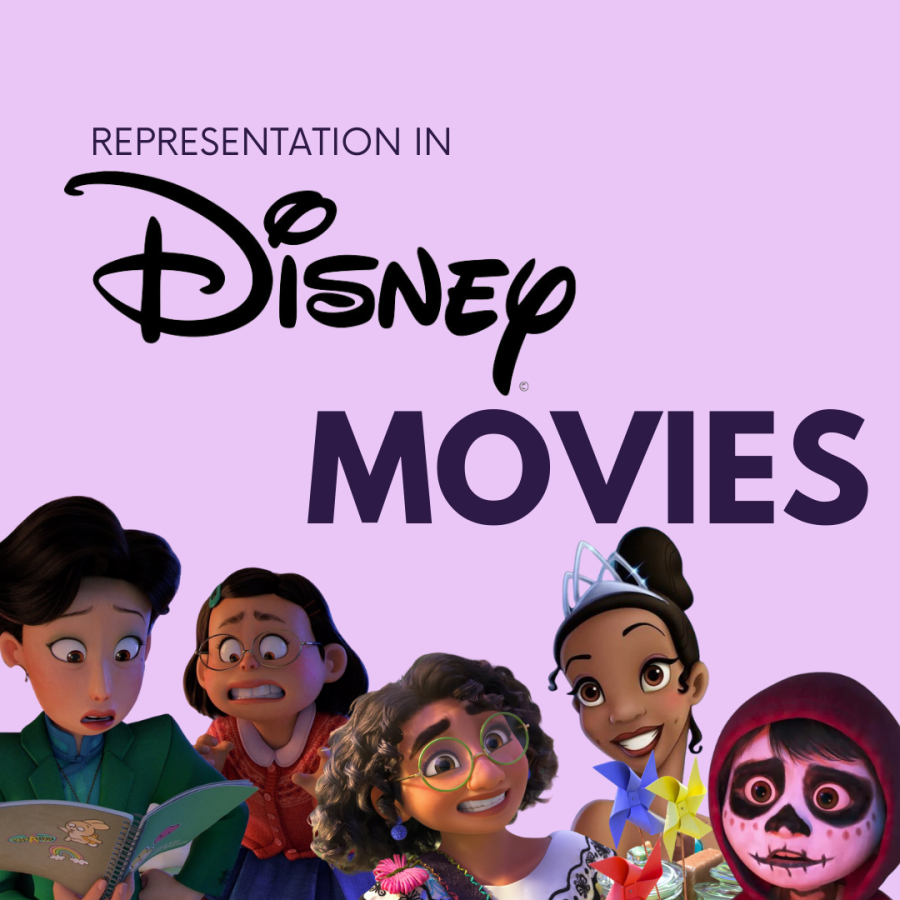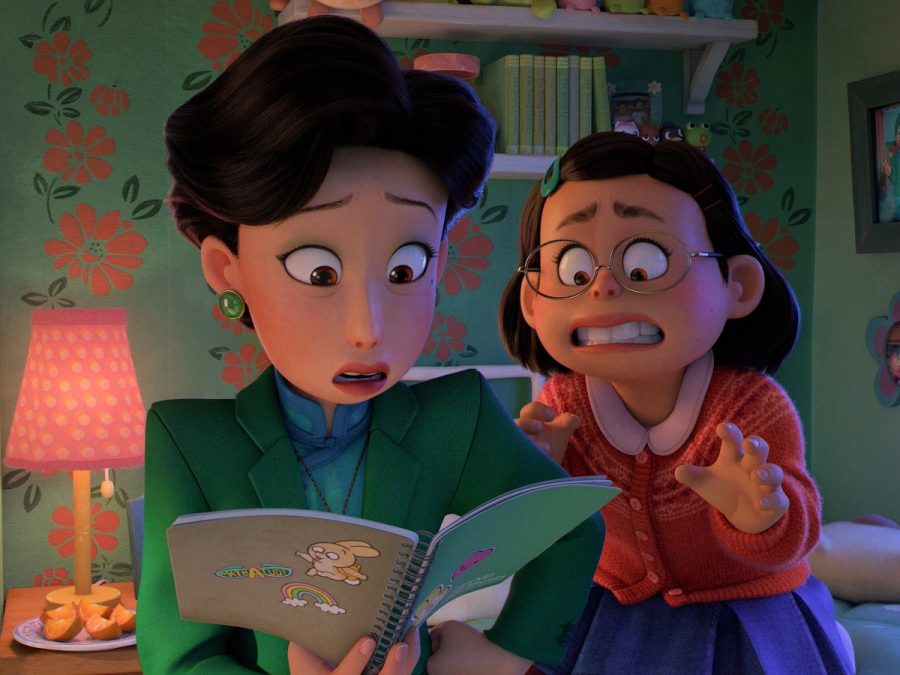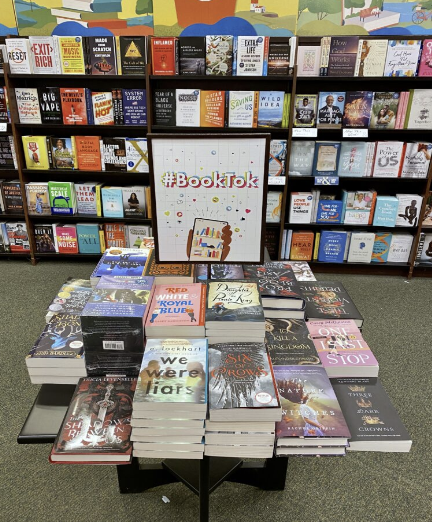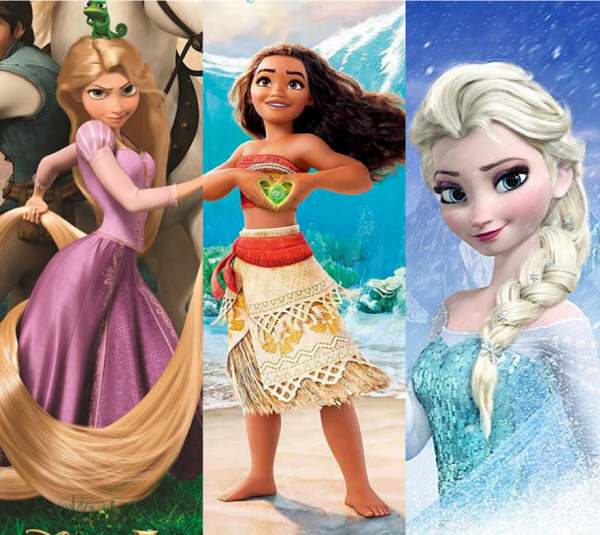Importance of representation in Disney
With the release of movies such as “Encanto”, “Turning Red” and “Shang-Chi” this past year, people of color and minorities from all over the country are eager to see this new culturally diverse phase of entertainment, primarily in children’s stories.
Disney’s rough first try
Disney has explored different cultures from around the world for quite some time now, with the release of movies like “Aladdin”, “Princess and the Frog” and “Mulan” in the 1990s to early 2000s. These movies were pioneers in their industry, showing people of color in cartoons for the first time.
However, this does not mean they produced these movies in an accurate way. In fact, people of color have pointed out the abundance use of stereotypes and generalities that occur in movies like Aladdin.
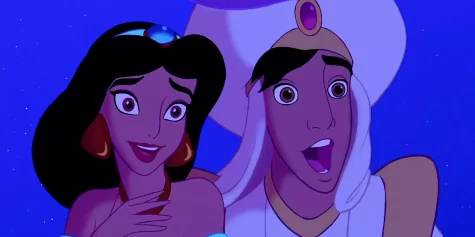
“When I was younger, I didn’t understand [what] was wrong with [the lack of representation],” Ayra Shaikh (a Muslim, Pakistani-American at IHS), said. “But as I get older, I realize these movies would definitely not be politically correct or socially correct. You can see the lack of research and effort they put into each movie because it’s not accurate. That’s upsetting, because there’s children watching this.”

Expanding on Shaikh’s claims – Aladdin is a great example of the lack of research that went into Disney movies in the past. The producers of the story tag on one Middle Eastern stereotype after another, with random shots of the Taj Mahal and adding bazaars for no reason. Instead of trying to highlight legitimate Middle Eastern culture, this movie seems to just expand on popular anglicized stereotypes and generalities.
Apart from a blatant lack of research, some of Disney’s old movies are just plain racist. The most popular examples of this phenomenon are Song of The South and Peter Pan.
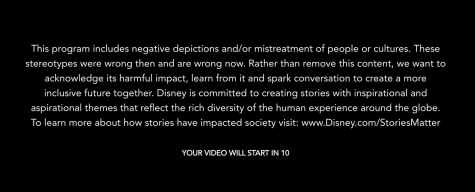
Disney has addressed these old movies by inserting warning labels on Disney+ in the beginning of both Peter Pan and Dumbo, which have many racist scenes, songs and characters throughout the movie.
A new era for Disney
Despite its troubling past, Disney and Pixar have come a long way with representation in their movies.
The release of movies such as Encanto and Turning Red help accurately portray ethnic cultures by incorporating both major and minor details into their plots to help highlight ethnic details such as hair, clothes, customs and even family dynamics.
These new movies are produced by people of the same races that the movies are based on, unlike the past with movies like Aladdin and Mulan, where the cast was predominantly white, despite the movies themselves being based on different ethnic cultures.
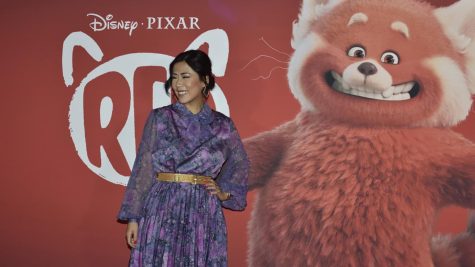
For example, Disney’s Turning Red, Encanto and Luca, are all directed and played by people of the same races portrayed in the movie.
Though this may seem insignificant, it is a really small step towards a big change for the future of mainstream entertainment.
Despite their rough past, Disney is progressively starting to get more inclusive, with upcoming movies such as “Wakanda Forever” and “Ms. Marvel” with people of color main leads and cast.
This is important for future generations of children to make sure all cultures and skin colors are represented and included.

